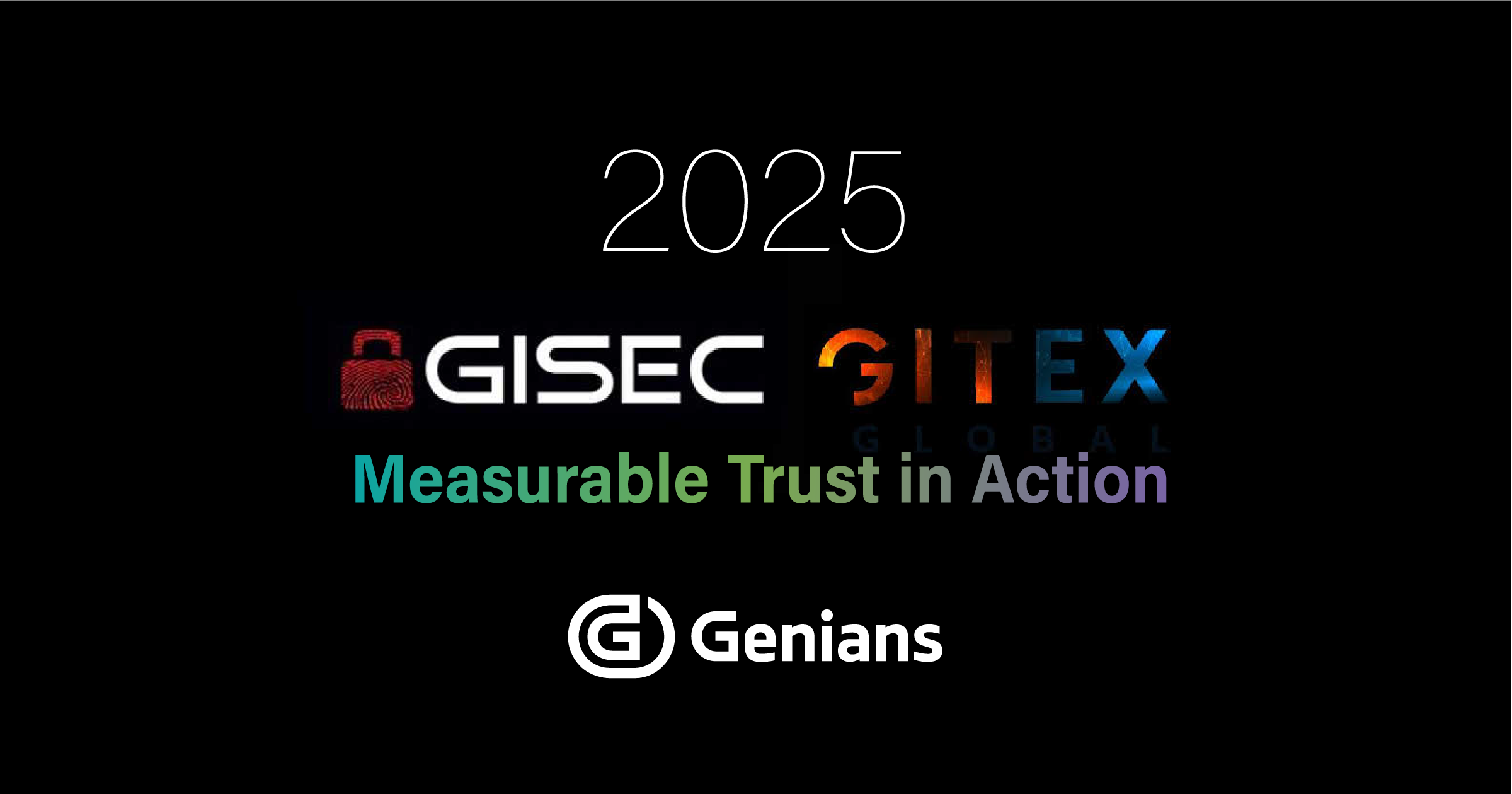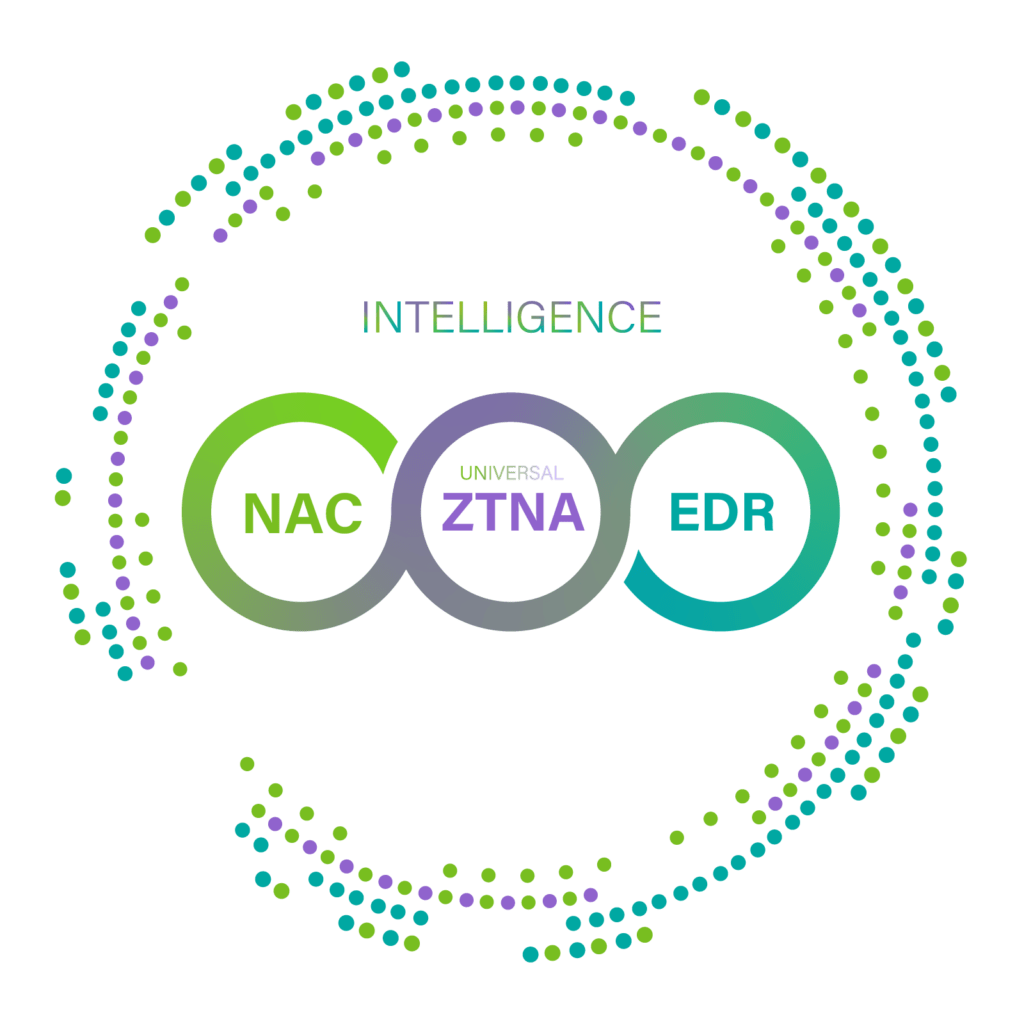Cyber threats in 2026 will be shaped less by where attacks originate and more by the social conditions that produce them. Two structural conditions define the global risk landscape. One comes from states that operate long-term geopolitical competition. The other rises from internal instability, operational fatigue, and organizational looseness. These two conditions have already begun to overlap and will likely intersect even more tightly in 2026.
Geopolitical Long-War Operations (North Korea, China, Russia)
These states do not seek quick disruption. They run long-dwell, timing-sensitive intrusions designed to sit quietly until the geopolitical moment arrives.
- North Korea blends Android factory resets, K-Messenger impersonation, and ID-card deepfakes to break credentials, devices, and sessions in one move.
- China maintains Volt Typhoon-style access inside telecom, water, and energy networks through stealth persistence.
- Russia favors wiper-plus-ransom combinations that halt energy, logistics, and government operations outright.
All three follow the same operational cycle: Initial compromise → long-term stealth → internal expansion → geopolitical event synchronization. Once they enter an environment, they rarely leave voluntarily.
Internal Noise Weakening Operational Security (United States, Europe)
Internal instability creates attack windows that are technical only on the surface but operational at the core.
- United States: large-scale IT layoffs, federal shutdown turbulence, mixed on-site/remote policies, and mass protests strain helpdesk and IAM workflows. Account creation spikes, privilege resets pile up, temporary exceptions become normal. This is the moment attackers use. Lapsus$ and Scattered Spider compromised MFA not by brilliance, but by blending into the noise.
- Europe: the weakest link is the NIS2 transition and supply-chain over-dependence on SaaS. One misconfiguration in a logistics, port, or renewable-energy operator cascades across the chain.
The Danger of 2026 is Simple
Both conditions will peak at the same time.
APT stealth, U.S. operational turbulence, EU regulatory pressure, and global supply-chain restructuring now follow quarterly cycles. Attacks no longer follow exploit development. They follow timelines, calendars, and moments of institutional fatigue.
Deepfakes, messaging-app impersonation, and small cloud misconfigurations can now converge into a single point-of-failure triggered by one user click.
What to Prepare for in 2026: Structure Before Tools
1. Bind Device + Account + Session Into a Single Timeline
Long-dwell adversaries exploit blind spots between identity layers. New or factory-reset devices, fresh browser profiles, or unfamiliar networks should automatically trigger read-only or quarantine modes in NAC/ZTNA. In 2026, the device becomes the identity. Deepfakes can mimic people. They cannot mimic device signatures, hardware fingerprints, or behavioral telemetry.
2. Lock Down Privilege Escalation and Re-Issuance Paths
Economic turbulence, layoffs, political noise, and remote/hybrid work overload internal workflows. This is where most breaches start: privilege resets, MFA re-issuance, and temporary access approvals. Privilege workflows must require device-bound MFA + FIDO2-based step-up auth, not just user confirmation. Session-token protection and strict re-authentication policies are now baseline requirements.
3. Old CVEs, New Zero-Days Accelerated by AI
Attackers no longer wait for fresh vulnerabilities. Old CVEs have become the new zero-days.
- Throughout 2025, the fastest exploitation paths were vulnerabilities disclosed 1–3 years earlier but left unpatched.
- Internal teams, overwhelmed by layoffs, ticket backlogs, and cloud misalignment, missed patch windows.
- AI changed the economics: large models now generate exploit variants for old CVEs rapidly, reliably, and at a fraction of the previous effort.
The formula becomes simple:
The most efficient intrusion vector of 2026 =
Weak privilege workflows + unpatched CVEs + AI-accelerated exploit generation
Patching is no longer a maintenance task. It is threat suppression.
4. Isolate Supply-Chain Exposure with Zero-Trust Boundaries (Now AI-Aware)
For EU and global environments, partner networks must be placed in a Partner Segment with read-only API-only access. Attackers increasingly use AI to map trust boundaries, enumerate cross-tenant access, and chain weak SaaS integrations.
- Regulators demand documentation.
- Attackers look for gaps and AI helps them find those gaps faster.
5. Hunt Stealth Backdoors in OT and Linux
BPFdoor and other stealth implants thrive in OT, energy, transit, and Linux-heavy environments. These tools can remain hidden for years—perfect for states running long-war cyber operations.
A dedicated playbook is mandatory:
- kernel-layer anomaly hunting
- outbound beacon pattern analysis
- cross-session correlation
Detection rules alone are insufficient when adversaries have time and AI-assisted evasion.
6. Incident Response Must Be Measured in Minutes
Hybrid destructive attacks (wiper + ransomware) demand < 3-minute enforced policy activation. Quarterly 24-hour drills covering quarantine, privilege revocation, and credential reset must become standard.
You don’t defend in hours anymore. You defend in timelines.
Why Most Organizations Cannot Fix This Alone
2026 threats cannot be stopped by a single product or point detection engine. You need device → session → network → behavior on the same identity graph. This is where Genians offers structural advantages unavailable elsewhere.
- 20 Years of Device Platform Intelligence (DPI): A uniquely deep identity model combining manufacturer, OS, EoL/EoS, CVE history, and live network behavior. Deepfakes spoof people. They cannot spoof device truth.
- NAC + ZTNA + EDR Operating as One Identity: Most vendors run three disconnected systems. Genians unifies them into one identity, one policy, one graph. This single-timeline model is decisive against long-dwell APTs and internal support-desk bypasses.
- On-Prem Sovereignty + Cloud Coverage: A rare combination that satisfies sovereignty requirements across the EU, Middle East, and Africa, while still offering cloud elasticity. APT groups avoid environments where sovereignty and visibility remain with the customer.
- Proven Supply-Chain Policy Model: Partner Segment, API-only zones, auto-quarantine, session-risk scoring—already deployed at scale across global manufacturing and logistics ecosystems.
- Threat Intel → Access Control → Endpoint Enforcement as One Cycle Every threat intelligence insight becomes real NAC + ZTNA + EDR policy instantly.
No more “intelligence that never reaches the controls.”
2026: Conditions Over Code
External long-dwell pressure and internal short-cycle turbulence will hit at the same time. Genians compresses both into one device → one identity → one enforceable policy.
In 2026, you don’t defend code. You defend conditions and the structure that keeps those conditions from collapsing into compromise.





